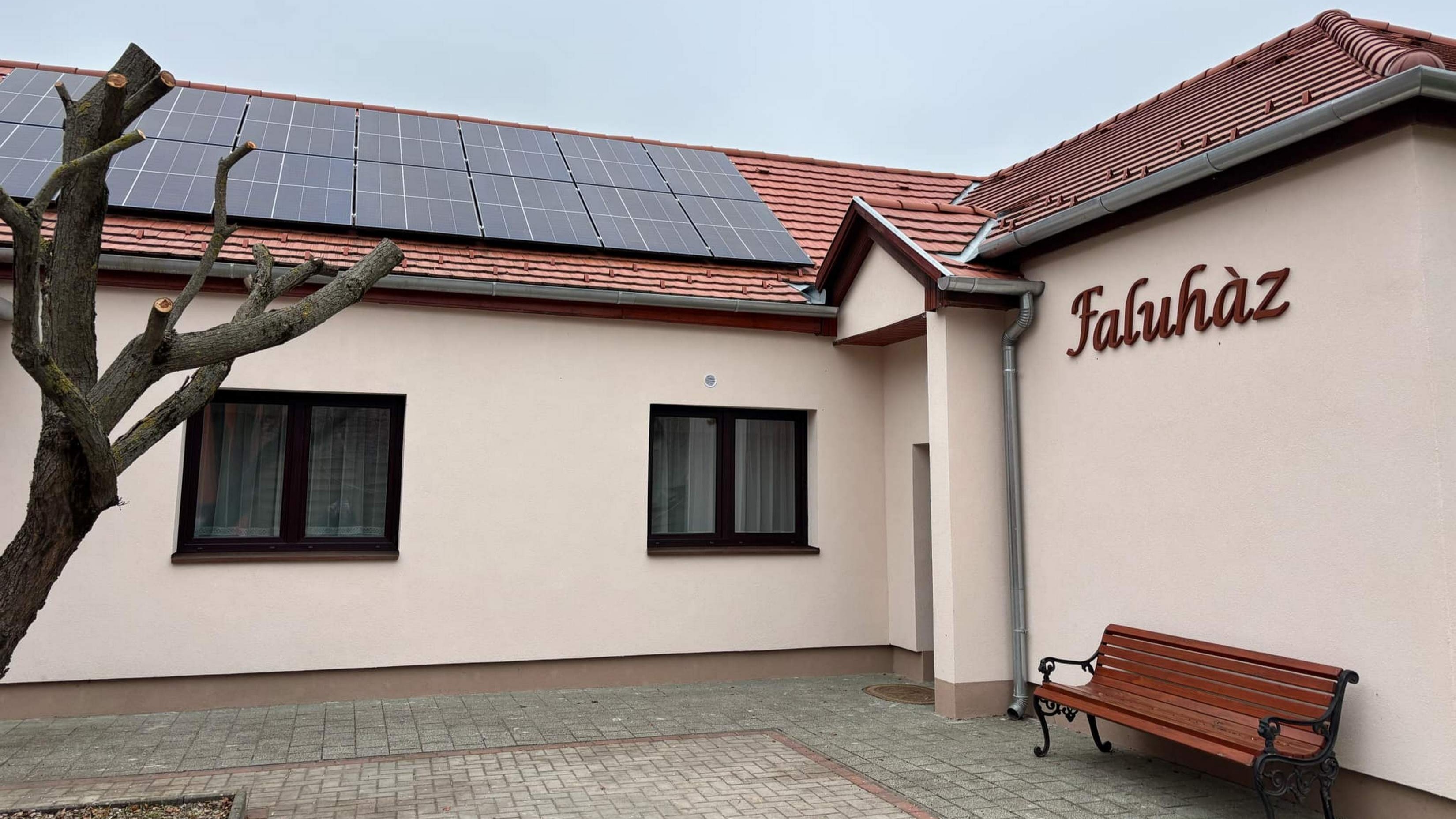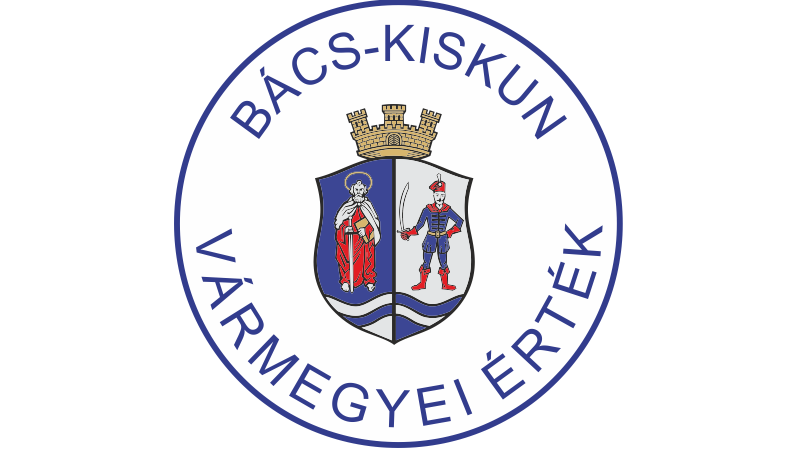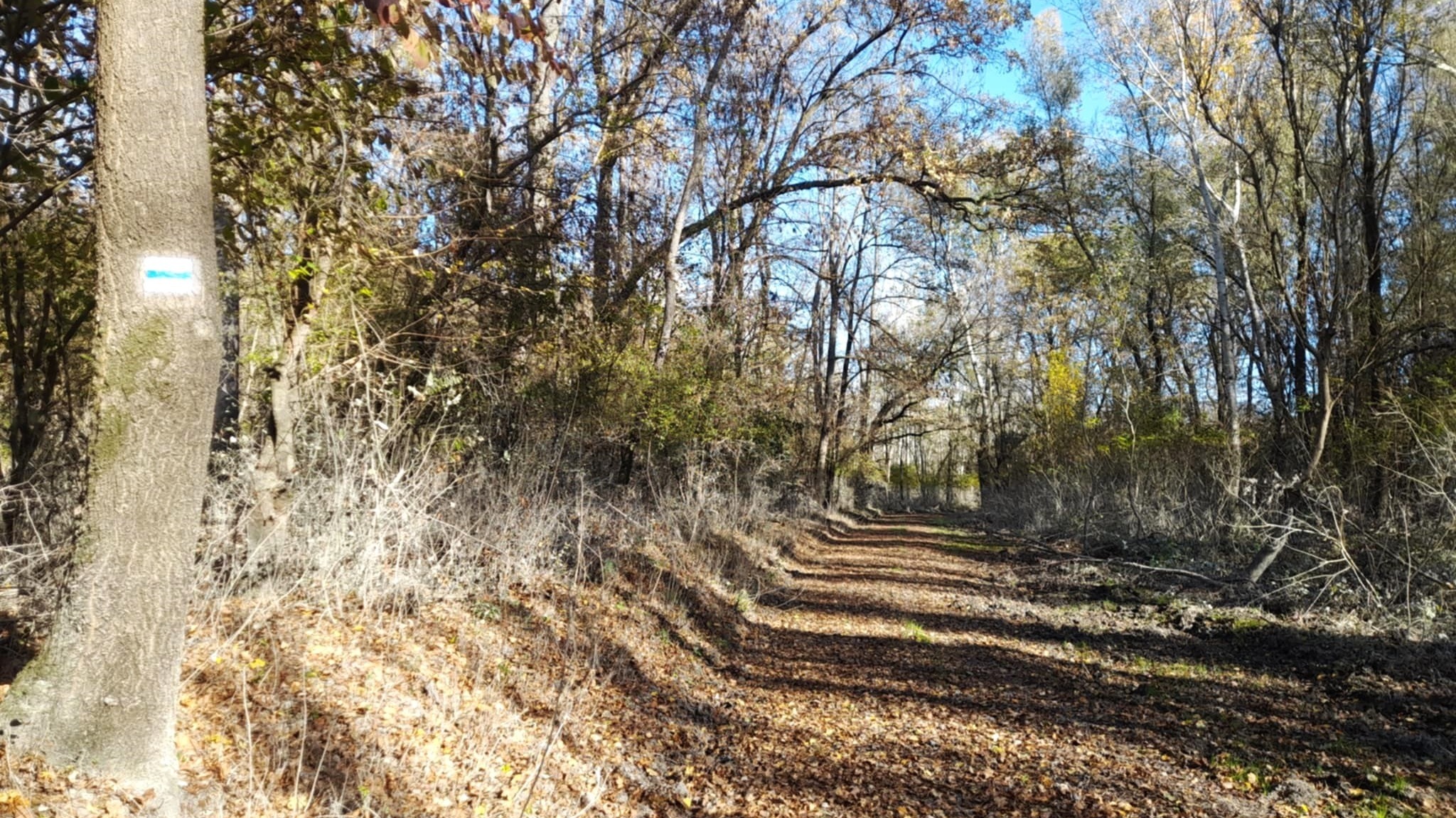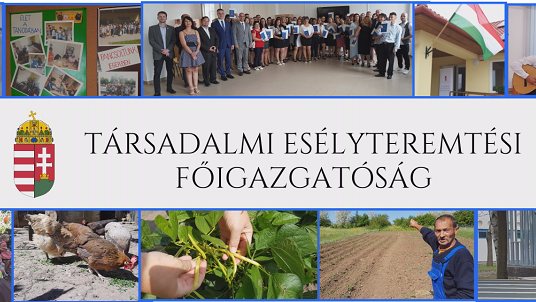Population
Population of Bács-Kiskun County
The history of the people living here reaches far back in the past. We have well-known historical references of the people living between the Danube and the Tisza; among these are Celts, Huns, Goths and Avars. The conquering Hungarians found nomadic tribes (Slavs) between the two riverbeds of the Danube and the Tisza, in the less inhabited territory, and - according to the traditions - the battle that broke the resistance of the people living here was near Alpár. Among the county settlements, Fajsz, Solt and Tass kept the name of the former ruling families.
Many of the people who arrived here later in history also found a home between the Danube and the Tisza. Some of the Cumans and the Jasz (Jazygian) people who were fleeing from the Tatarssettled down here. (Several settlement names preserve this fact: Kunszentmiklós, Kunadacs, Kunbaracs and Jászszentlászló).
After the Battle of Mohács (in 1526), and during the time Hungary was divided into three parts (the Hungarian Kingdom, Transylvania and the Ottoman Empire), significant changes took place. Settlements and larger areas have been depopulated, but on the other hand, so-called ‘market towns’have been strengthened.
During later historical events (the civil progress, the Austro-Hungarian Compromise, the First World War, the Second World War) significant changes occurred in the life of the population. Due to the changes in the economic structure and in working conditions, the migration loss was significant in the 1960s. Since the 1980s the number of births has declined, so there has been a decline in population, which is typical of our county in the 21st century as well.
The population of our county is slightly older than the national average. This is well illustrated by the age index (100 children/ X elderly), since the index in Bács-Kiskun County is 166 that is 5 scores higher than the national index. From this point of view, the two poles are represented by Szabolcs-Szatmár-Bereg County and Budapest: while Szabolcs-Szatmár-Bereg has 114 elderly persons for 100 children, the value of the capital city is almost twice, 208.
In 1870, at the time of the first official census, the population of the county was approximately 325,000. The population grew by 1949, rising by 82% over the past 80 years to over 591,000. That time, the size of the population reached its peak, since then, it has been declining steadily, by a different rate, from decade to decade. The decline in the 1950s resulted from the socio-economic situation of the county. For decades, the largest part of the population was employed by the agricultural sector, which later was unable to provide sufficient employment opportunities for every people living here. As other economic sectors were similarly unable to employ free labour force, migration to other places of the country –offering working places - began.
In the past 81 years, the age composition of the population has also changed considerably. The most significant change is experienced among children and elderly people. In 1930, 29% of the population of Bács-Kiskun County was younger than 15 years, while in 2011 this number was only 14.6%. At the same time, the proportion of elderly people increased from 9.8% to 24.3%.
The composition of the population according to economic activity has been significantly rearranged over the past decades. As a result of the economic and social changes of the 1990s, employment level has dramatically decreased, accompanied by a considerable increase in the number and proportion of the unemployed. After the turn of the millennium, the Hungarian labour market was characterized by considerably more moderate processes, and the proportion of employed and unemployed people was changing, but without large differences. The 2008 economic crisis caused a new break in the employment, but its impact was far less noticeable than after the regime change.















